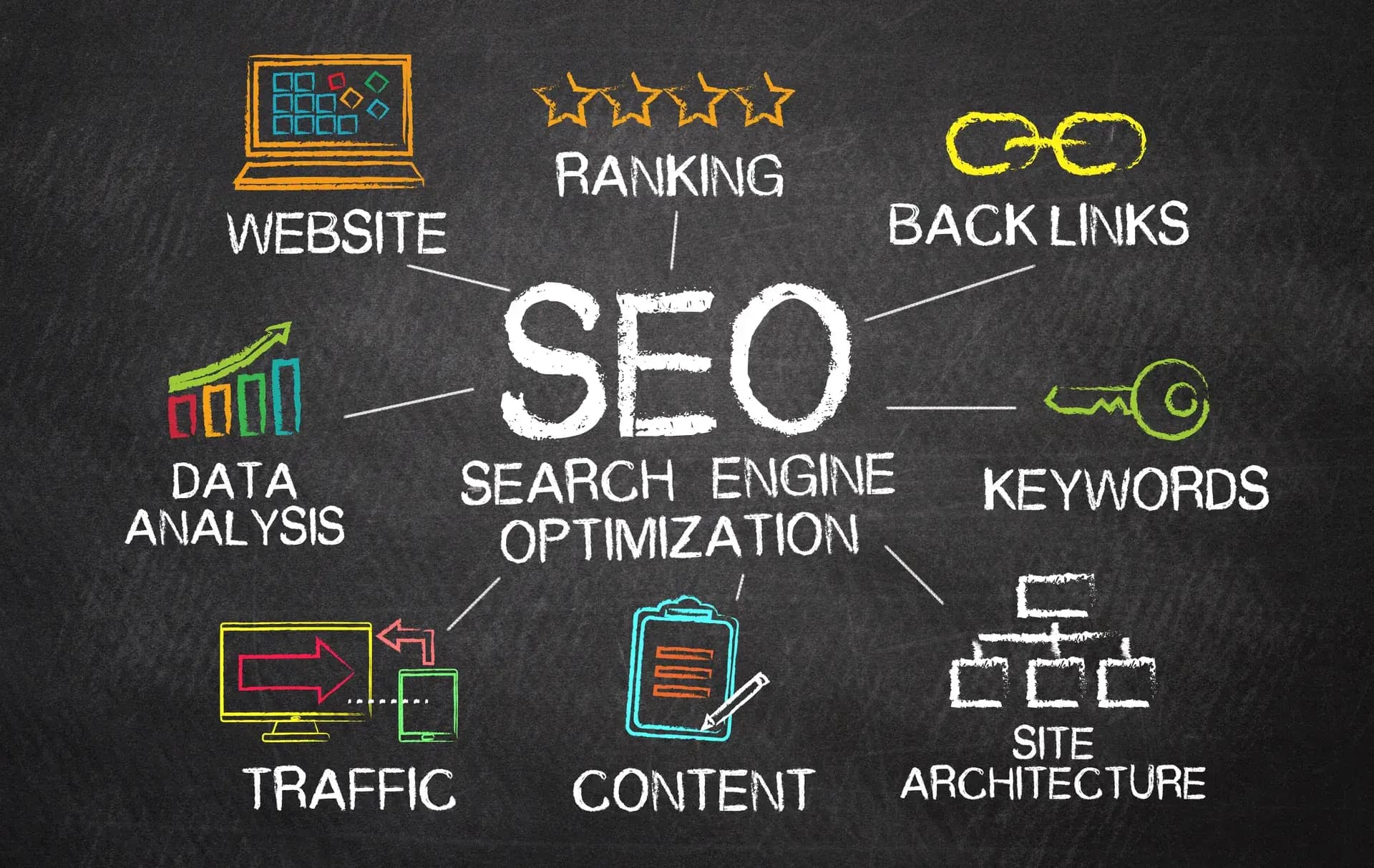In today's digital age, a well-optimized website is crucial for higher education institutions aiming to attract prospective students and provide an excellent user experience. Website optimization involves various elements, including usability, load speed, content quality, and SEO practices. This guide delves into effective strategies to optimize your higher education website and enhance its performance.
Why Website Optimization Matters for Higher Education
With millions of higher education websites competing for attention, optimizing your site can be the difference between attracting potential students or losing them to competitors. A user-friendly and efficient website not only improves user satisfaction but also enhances search engine rankings, making it easier for prospective students to find your institution.
1. Improve Site Speed
Slow-loading websites can frustrate users and lead to high bounce rates. Here’s how to improve your site's speed:
- Compress Images: Optimize images before uploading them to your website to reduce their file size.
- Minimize HTTP Requests: Limit the number of elements on each page to decrease load times.
- Use a Content Delivery Network (CDN): A CDN can help deliver content faster by using servers located closer to users.
2. Ensure Mobile Responsiveness
With an increasing number of users accessing websites via mobile devices, having a mobile-responsive design is essential. Consider these actions:
- Responsive Design: Implement a design that automatically adjusts to different screen sizes.
- Mobile-Friendly Navigation: Use larger buttons and streamlined menus to enhance usability on smaller screens.
3. Optimize Content for SEO
Effective SEO practices increase your site's visibility on search engines. Focus on these areas:
- Keyword Research: Identify relevant keywords that prospective students are searching for and incorporate them naturally into your content.
- Meta Tags: Optimize title tags and meta descriptions to accurately reflect your content and improve click-through rates.
- Quality Content: Regularly publish informative and engaging content that answers potential student questions.
4. Enhance User Experience (UX)
Creating a positive user experience can encourage visitors to explore your site further. Here's how to enhance UX:
- Clear Navigation: Ensure your website's menu is easy to understand and navigate.
- Accessible Information: Organize information logically, making it simple for users to find what they need.
- Regular Updates: Keep your website’s content fresh and relevant to retain users' interest.
5. Utilize Analytics for Continuous Improvement
Using analytics helps you understand user behavior, enabling you to make data-driven decisions to enhance your website:
- Track Key Metrics: Monitor user engagement, page views, and bounce rates.
- User Feedback: Collect feedback through surveys to identify areas for improvement.
Conclusion
Higher education website optimization can significantly impact your institution's ability to attract and retain students. By focusing on site speed, mobile responsiveness, SEO practices, user experience, and continuous improvement through analytics, you can create a powerful web presence that stands out in a competitive landscape. At Prebo Digital, we specialize in optimizing websites for educational institutions. Contact us today to learn how we can help you enhance your online presence!







